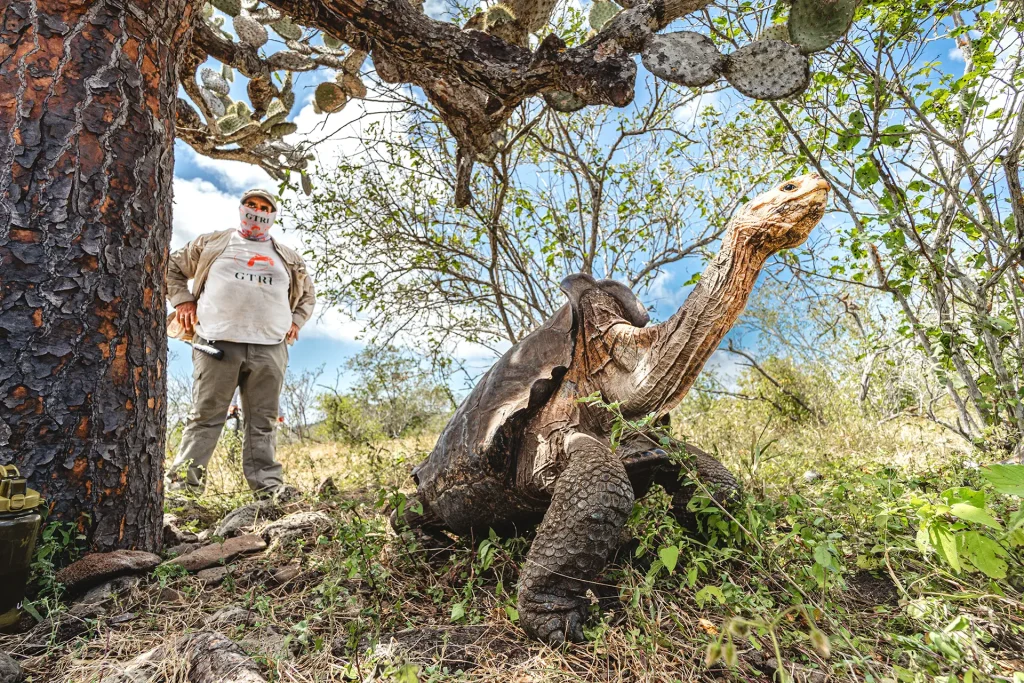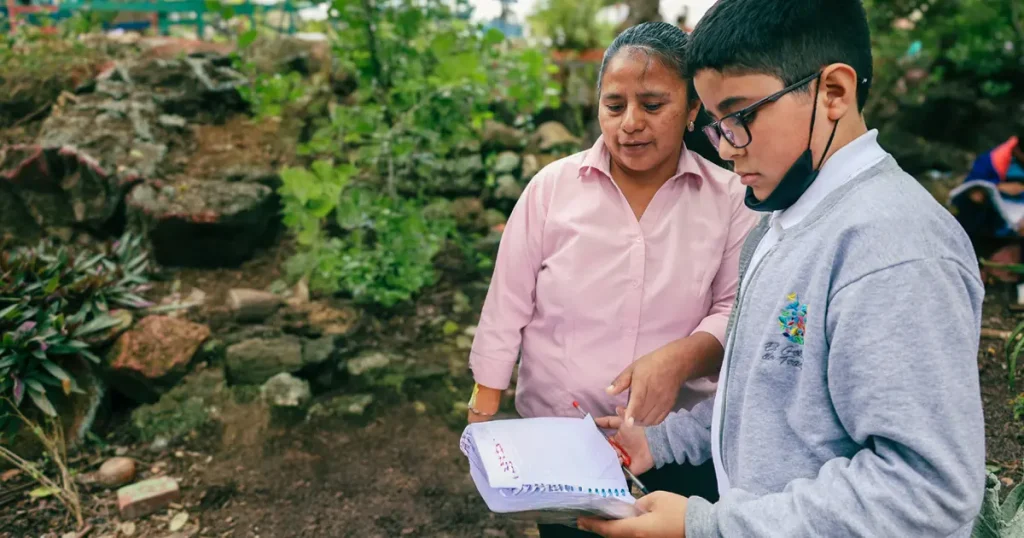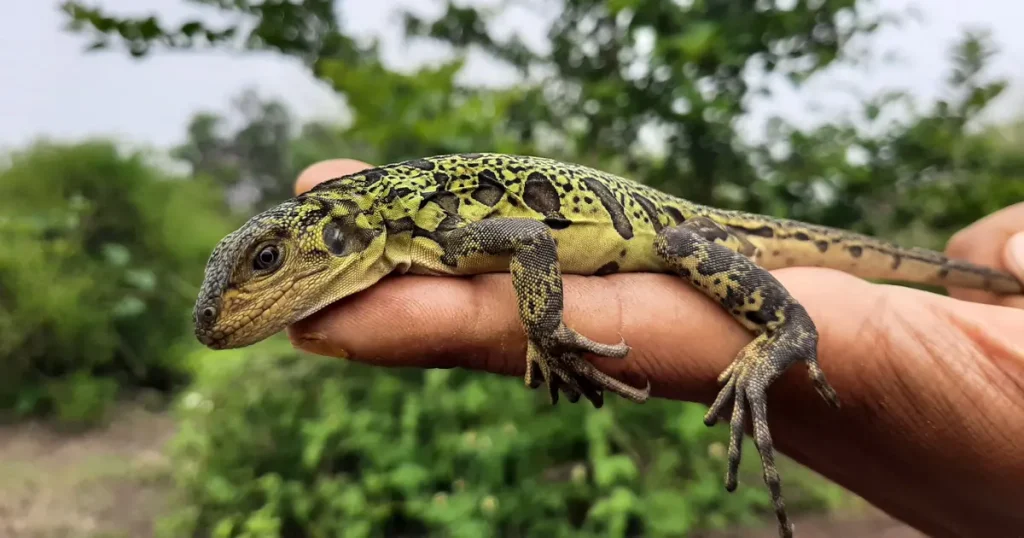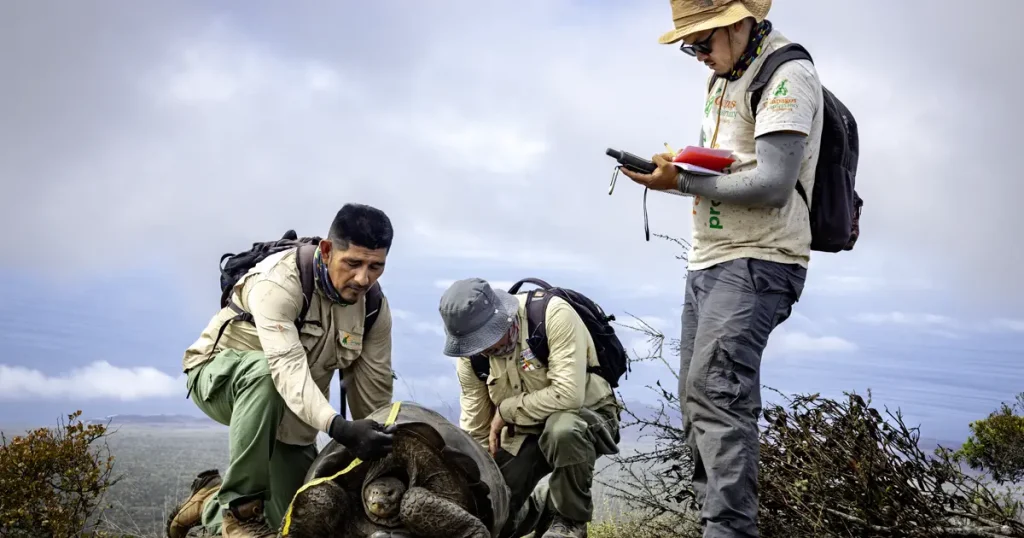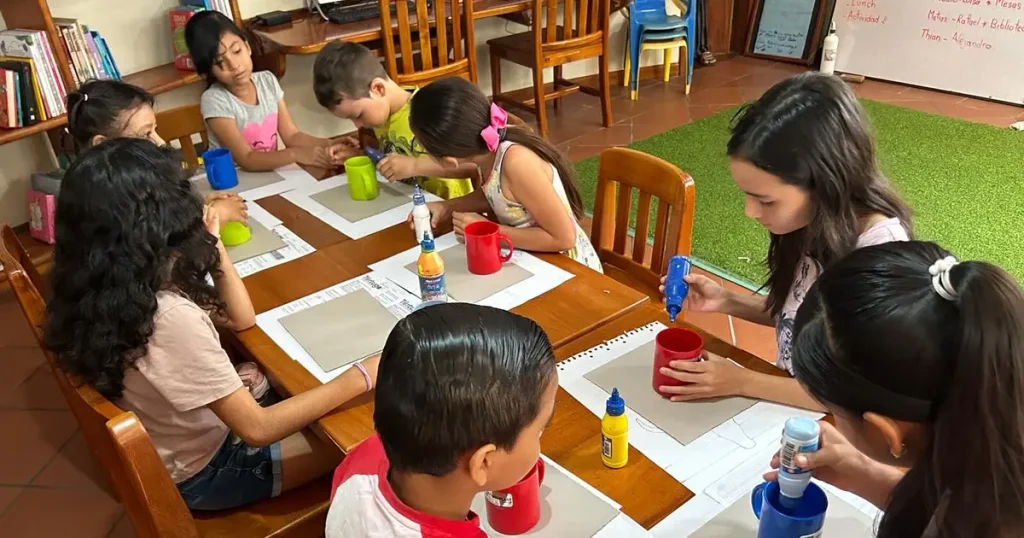Technology Serving Conservation: The Use of Satellite Animal Trackers in Galápagos
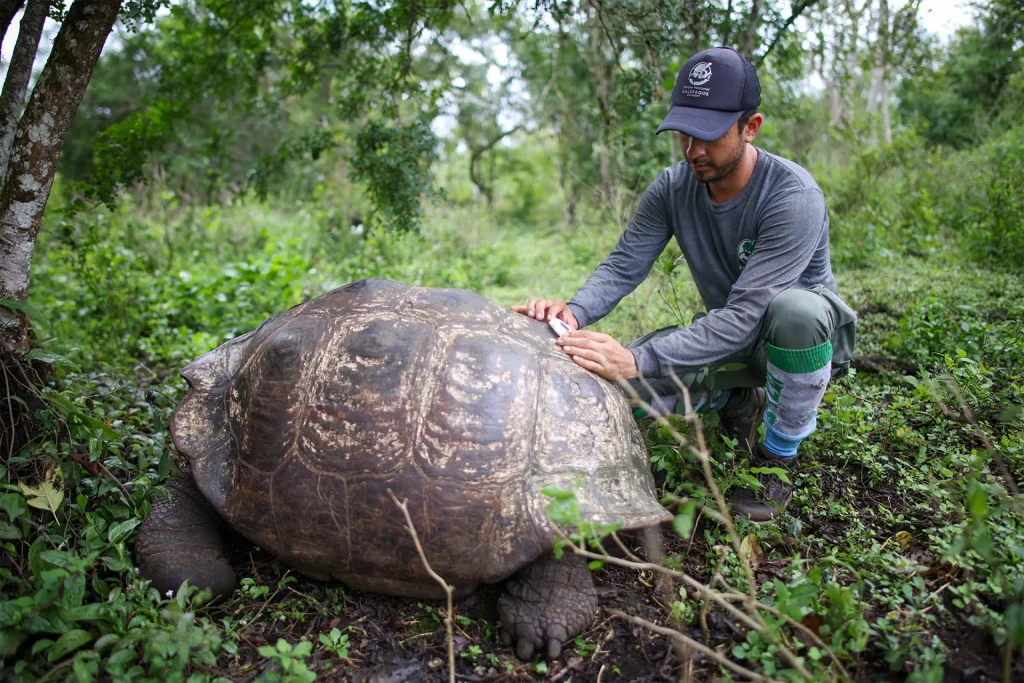
At Galápagos Conservancy, our commitment to protecting the unique ecosystems of the Galápagos Islands is reflected in our integration of advanced technologies into our conservation programs. In this installment in our series on technological innovations, we highlight how satellite animal trackers are revolutionizing the conservation of giant tortoises, an iconic group of species that plays a key role in the dynamics of the archipelago’s terrestrial ecosystems. These state-of-the-art devices provide essential data that informs our conservation and management efforts, transforming our ability to both protect these majestic creatures and understand their natural history.
The Revolution of Satellite Tracking in Conservation
Satellite animal trackers have significantly changed how we monitor endangered species. Compact (2×2 inches) and lightweight (7 ounces), these devices can be attached to the shells of adult tortoises without affecting their well-being. The devices have a global positioning system (GPS) chip that records a tortoise’s position every six hours and then sends the coordinates via satellite enabling us to track tortoise movements in real time and gather detailed data on their behavior and migration patterns.
A prime example of how this technology has been applied in our conservation program is the case of Diego, the famous giant tortoise. Since his release back to the wild on Espanola Island in June 2020 after over 80 years in captivity, the GPS tracker attached to Diego’s shell has enabled our scientists to monitor his adaptation and ensure his well-being without disturbing his natural activities. Diego’s story exemplifies how satellite trackers deepen our understanding of the status and fate of individual animals.
Another example of this technology’s impact comes from the giant tortoises on Wolf Volcano in Isabela Island. Tracking multiple tortoises over two years has revealed that males traveled up to 20 kilometers during that time and reached altitudes of up to 1,200 meters, while females tended to stay at lower altitudes, between 800 and 900 meters, and moved less. These observations reveal behavioral differences between the sexes and highlight how climate change could alter their migratory routes, impacting their health and survival.
This advanced technology optimizes monitoring by minimizing the need for our researcher’s physical presence in sensitive habitats, ensuring that the animals and their habitats remain undisturbed. As environmental conditions shift, this technology not only aids in crafting evidence-based strategies for conservation but also allows for timely adjustments, ensuring that strategies remain robust, responsive, and effective.
In addition to providing valuable insights into giant tortoises’ seasonal migrations, the tracking devices have highlighted the important role they plan in seed dispersal across the Galápagos. With tortoises retaining the seeds they eat in their digestive tracts for nearly a month, and slowly but steadily moving as much as 1 km per day, these devices have shown just how much tortoises contribute to the slow and steady spread of seeds across the islands. This process is crucial for the regeneration and health of the vegetation, thereby promoting plant diversity in the unique ecosystems of the Galápagos.
Challenges and the Future of Conservation
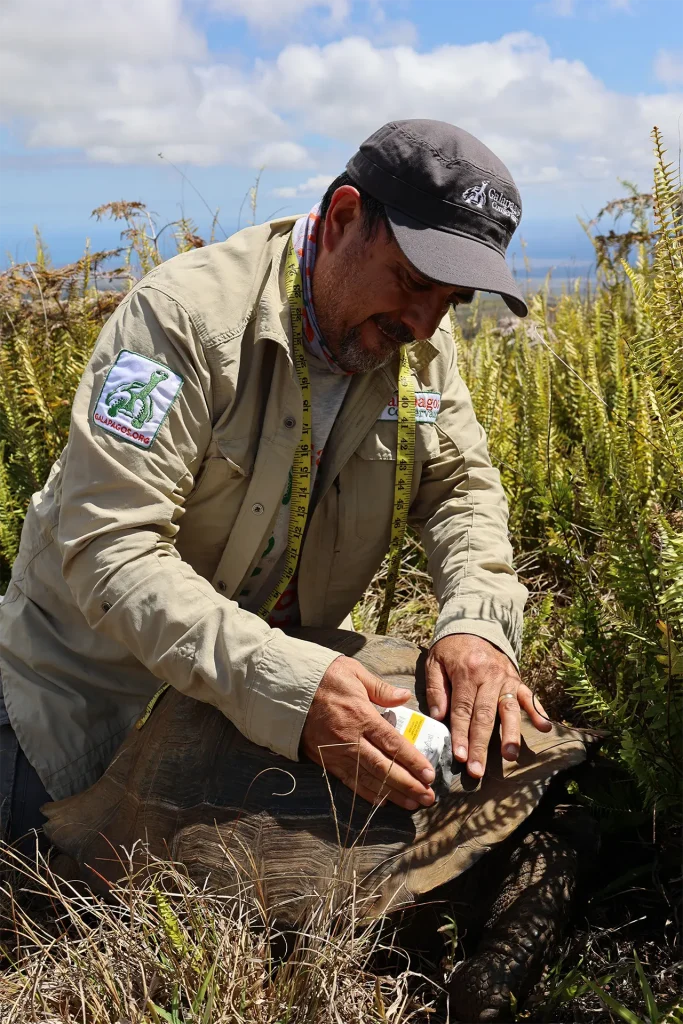
Satellite animal trackers have become essential tools in helping us understand the lives of giant tortoises living in the vast, remote and hard-to-reach areas that present enormous logistical obstacles to reach and perform on-the-ground monitoring. The isolated nature of these ecosystems demands ongoing effort and meticulous planning to ensure their protection.
The future of conservation in the Galápagos depends on both the continued integration of advanced technologies and the strong support of our donors and supporters. Your commitment is crucial to protecting this unique archipelago and ensuring that the legacy of the Galápagos giant tortoises endures for generations to come.
Next Article: Aerial Science for Conservation
In our next article in the series, we will explore the benefits of using aerial drones to advance conservation in Galápagos. These devices are revolutionizing monitoring in hard-to-reach areas, offering new opportunities for the protection of the archipelago’s unique biodiversity.
